Titration
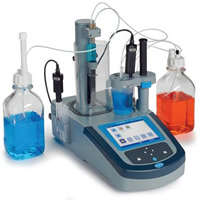
Titration is a technique that enables you to determines the precise concentration of everything. To practice, you need a large range of products that VWR can provide you ; from classical glassware to automatic titrators, including reagents, Equipment and accessories.
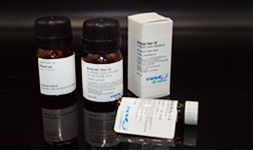
VWR Chemicals Indicators - to monitor your reactions and titrations
Chemical reactions and the status of them can be followed by changes in the colour of the indicators. We have a complete range of pH, metal, redox or others for special applications

VWR Chemicals-Volumetric Solutions for Titration
You are looking for a solution to your analytical LC problem. This could be choosing the correct vial, developing a method or setting up a lab.
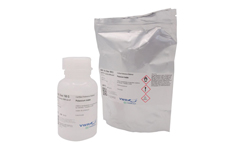
VWR Chemicals-Secondary reference standards for Titration
The VWR® range of secondary reference standards offer high purity, homogeneity, and are perfectly suited for the verification of the factor for volumetric solutions.
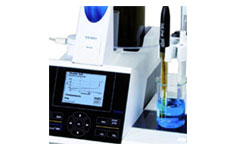
Titration instruments
From simple manual modes to the most complex automatic instrument, VWR can help you find the right one for your application…
Applications

Acids measurements for mineral oils, biodiesel and lubricants
Acid in engine oil is a major driver of corrosion, oxidation, nitration and increased viscosity, all of which are downsides that affect performance. Ultimately, it’s a root cause of equipment harm.
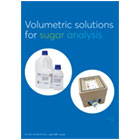
Volumetric solutions for sugar analysis
Titration developed more than 200 years ago, is one the most common quantitative method, essential in all modern control labs and mainly in sugar analysis.
FAQ
There are four types of reactions
- Acid-base titration
Hydrogen ions are transferred from acid to base or hydroxide ions from base to acid, thus bringing about neutralization. The stronger the base or acid, the more well-defined the end-point of the reaction becomes.
- Precipitation titration
In this method, the component to be determined is usually precipated by the titrating agent in the form of an insoluble compound. The end-point can be determined by the appearance of a clear solution or by measuring the conductivity
- Complexation titration
Here, ions combine with other ions or molecules to form soluble complexes that show little dissociation
- Redox titration
In this method, electrons are transferred from reducing agents to oxidation agents
We can find 3 types of indirect titration
- Back titration
A defined volume of excess reagent solution is added to the sample solution. Once the reaction is complete, the unreacted reagent solution is titrated using a second reagent solution
- Indirect titration
The substance to be determined doesn’t react directly with the reagent solution but indirectly via the intermediate of a stoichiometric reaction with an another titrable substance
- Substitution titration
In this method, a substance is added to the sample whereby the latter reacts stoichiometrically, whilst releasing a component of the added substance. This component is then titrated directly.
Due to its versatility, volumetric analyses can be used for the determination of a large number of organic and inorganic compounds. Titration is often described for the determination of content in standard works of reference such as pharmacopoeias, DIN references, ASTM or food analysis methods.
This method is one of the oldest and most frequently used methods for quantitative analysis
- Low cost of apparatus
- Simple working procedures
- Ease of automation
- Quick analysis
- Excellent reproducibility
- Accuracy of the results
3 different packs are available
- Ampoules Convol NORMADOSE
These concentrated solutions for the preparation of volumetric solutions are supplied in glass or plastic ampoules produced in such way that the precisely dosed content can be quantitively transferred to a volumetric flask. They represent an economical and space-saving alternative to ready to use solutions and have a long shelf life in unopened ampoules
- Classical bottles from 100 ml to 25l.
The big majority of the “ready to use “ solutions are packed in plastic bottles. The most commonly used small pack is the 1l bottle. Comparing to the ampoules, the main advantages for such packaging are a better accuracy and no risk of mistake during the preparation.
- Bag in box
For large volume, we can supply 10 or 5l bag in box packagings. Here, air-free filling with withdrawal from the cubitainer ensure that the quality of the volumetric solution is not affected until the last drop.
Yes, we have created a custom manufacturing service to produce the wished solution
You will see the link below:
https://si.vwr.com/cms/chemicals_vwr_custom_manufacturing_services
NIST traceable calibration is an assurance program that certifies that a laboratory or manufacturer is fully equipped to calibrate equipment to National Institute of Standards and Technology (NIST) standards and that any products offered by that manufacturer will match those NIST-maintained measurement standards.
- The titer of volumetric solutions can drift, so periodic verification is advisable, especially for extremely diluted solutions. Using these reference standards provides peace of mind and integrity of results. ‒ Traceable to NIST
- High purity
- Supplied with Certificate of Analysis for quality assurance
- Glass packs in opaque cardboard box to prevent deterioration due to light